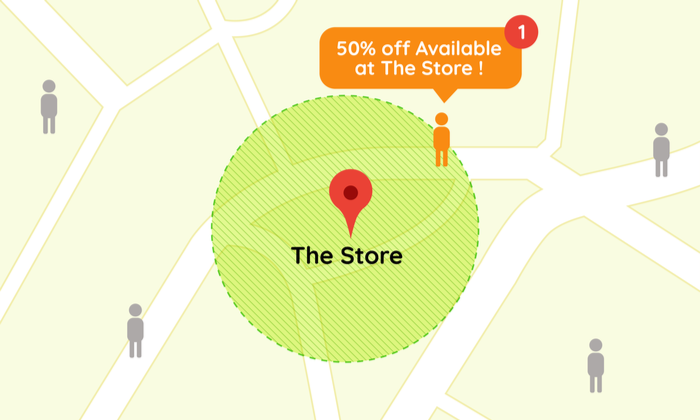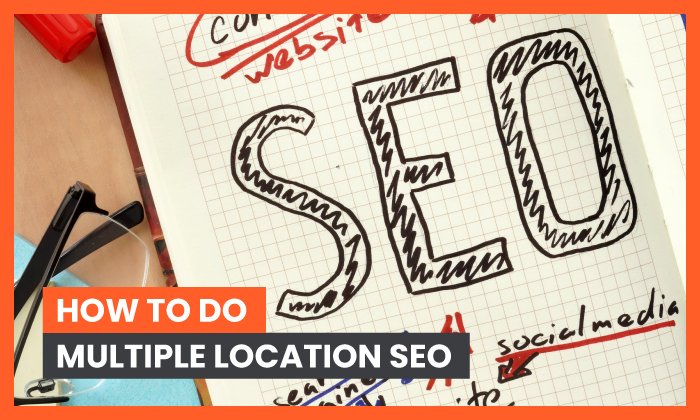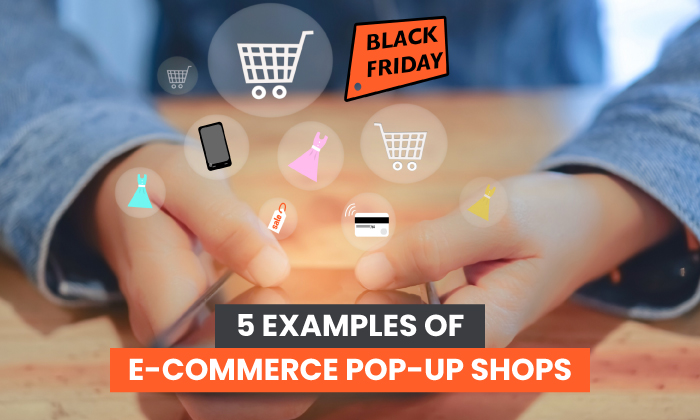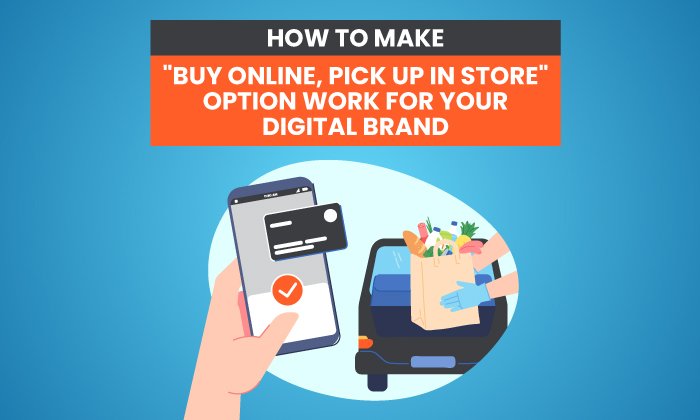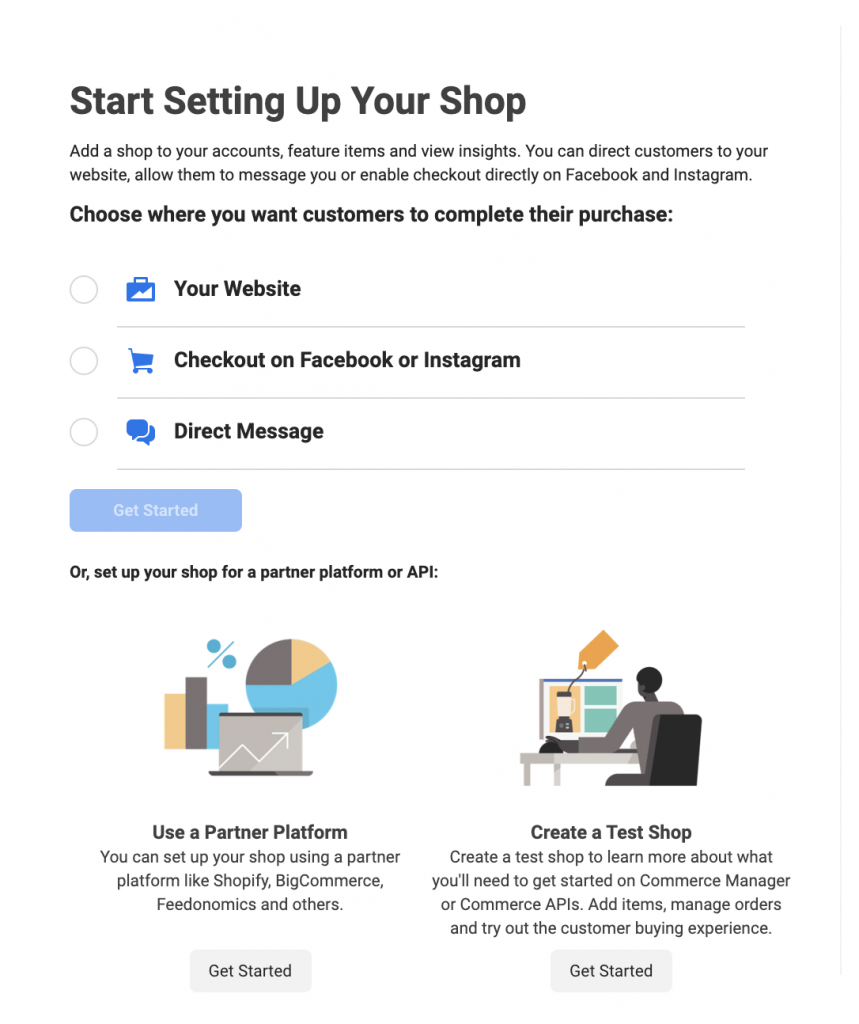What is Geofencing Marketing?
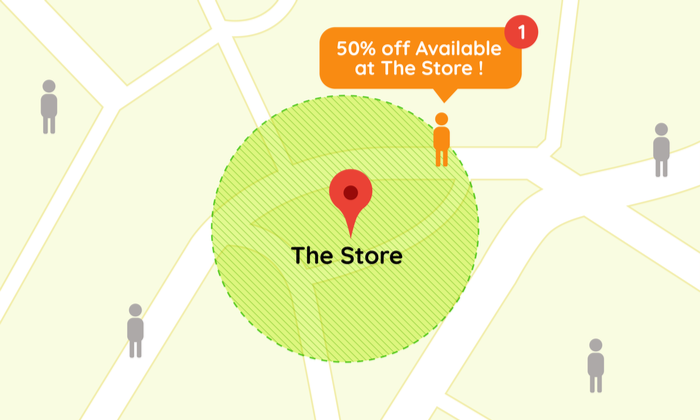
By Neil Patel
Imagine you’re walking in a mall and receive a Starbucks coupon on your smartphone. You look up to see a Starbucks shop.
This scenario may encourage you to visit the outlet, learn about the promo, and use the coupon.
With geofencing marketing, or location-based marketing, this convenient strategy turns into a reality.
How can you leverage it?
Let’s start by discussing the basics.
What Is Geofencing Marketing, and How Is It Used?
Geofencing lets businesses advertise to consumers within a specified geographic area.
With technologies like GPS and radio frequency identifiers, marketers can specify a perimeter or boundary based on a real-world location. Then, they can create a virtual barrier or “geofence” in the area.
As consumers enter the geofence, they’re sent location-based ads on their devices.
Consider this geotargeted Uber ad for arriving tourists:
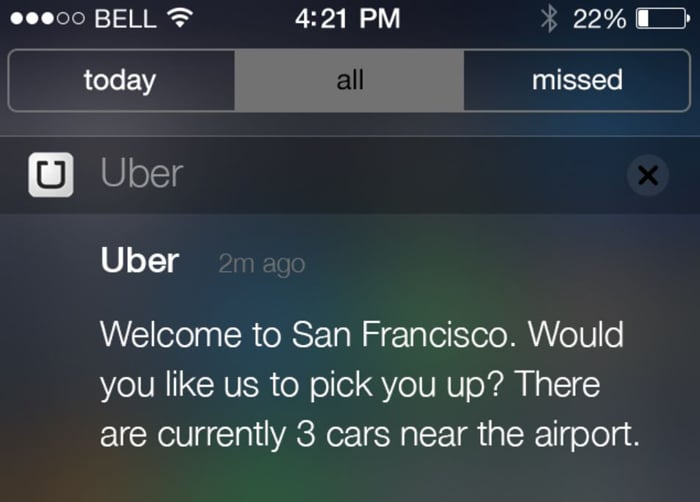
Geotargeted ads may be useful when you want to:
- Boost foot traffic: Brands can send mobile ads, coupons, or notifications to attract customers to their brick-and-mortar locations.
- Crowd engagement: Organizations and businesses hosting events, festivals or concerts can use it to attract those near their booths.
- Target competitors’ customers: Businesses can set up a geofence within a competitors’ location to draw more customers into their shops.
- Understand consumer behavior: Geofencing lets brands aggregate consumer behavior such as time spent in-store or how visitors navigate their shops.
Benefits of Geofencing Marketing
Geofencing marketing has many potential benefits for brands and marketers, whether they have an in-store or online presence. If you’re thinking about diving in, here are some possible perks to consider.
Geofencing May Help With Local Marketing
People express more interest in getting out of their homes, especially on foot, than ever before. This means targeting people as they make their way past shops is increasingly important.
This isn’t a small uptick: A Billups study found 71 percent of consumers are more interested in simply walking around their neighborhoods or towns than they used to be. Many would also enjoy visiting outdoor pop-up shops as they wander.
Since more people want to visit shops and travel within their communities on foot, location-based marketing has a lot of potential—you don’t have to worry about people driving by too fast to get or use the notification.
We also have evidence this method works even if people are driving past instead of walking. According to QSR magazine, a company conducted an experiment to determine location-based ads’ effectiveness in increasing breakfast sales.
Upon setting up a geofence, the participating outlet experienced a 20 percent increase in in-store visits and a 26 percent increase in visits during breakfast hours.
Get Data on Consumer Behavior
Unlike online marketing, geotargeted ads let businesses collect data about consumers with high-purchase intent in real-time.
After a while, you can use this information to improve your targeting and advertising methods to improve your results.
Geotargeting can …read more
Source:: Kiss Metrics Blog

